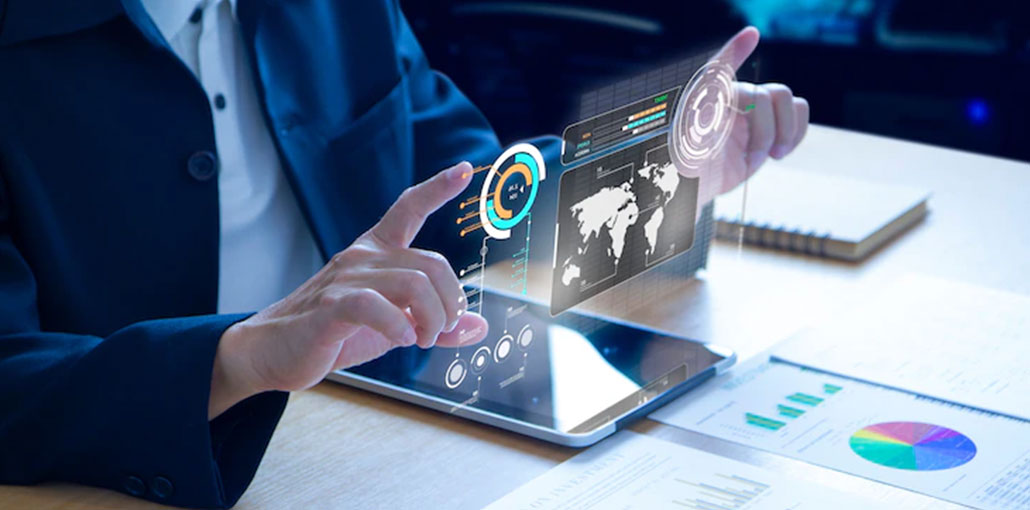Predictive analytics models are used to analyze past and current data to predict future outcomes. These are the six most common types of predictive analysis models, and their potential uses.
Top Predictive Analytics Models
1. Decision Tree Model
The structure of the decision tree model is similar to a flowchart. It uses the answers to the previous questions to make predictions. The root node is the base of the model, and all possible questions are derived from it. The decision nodes are the questions and the leaf nodes are the answers. Although this model doesn’t always produce firm conclusions, it can often be used by data scientists to explore options and make better-informed decisions.
The decision tree model is used by marketers to predict the success of product launches. They can use it to predict if at most a portion of their target market will be interested in a product. Decision-tree models can be used by emergency room managers during triage to guide which patients to see for the best outcomes.
Also read: Top 20 Data Analytics Tools Used By Experts
2. Forecast Model
This model is useful for determining future metrics. This model is a good choice, provided that the user has historical and numerical data. The model can account for different parameters in its predictions.
Consider if a restaurant manager needs to know how many restaurant bookings they will have for Friday night. Forecast models can account for holidays and other special events that might make people want to eat out more often, whether there are any illnesses in the area, as well as large events such as concerts or sporting events that could bring more tourists to the area.
3. Outlier Model
The outlier model allows making predictions about whether an event is unusual enough to warrant flagging. This type of predictive analytics is often used by banks to detect fraud. These applications often have pattern recognition capabilities that can pick up on what is normal. Imagine a person buying items that are less than $100 and suddenly making a purchase of $2,500. Because it is unusual, this transaction would trigger an outlier model.
Many organizations help people recognize when something might be amiss — Particularly in legitimate industries that are rife with fraudulent activity such as credit card companies and debt relief, state lottery systems, and charities and non-profit organizations, Online scams can be identified by typos, urgent requests for information and emails that contain strange attachments. Even the sharpest-eyed person can’t see everything. However, outlier models can help fill in the gaps.
4. Classification Model
The classification model analyzes historical data and uses it to make predictions. Because it only deals with questions that can be answered with “yes” or “no”, it is one of the most basic predictive models.
It can cost up to 1.25 times the salary of a person to train them for a specific role. Human resources professionals often use platforms that use the classification model to predict which employees will soon leave. Managers can intervene if they have the time to spot this in time. They could also talk with unhappy employees in order to try and turn the situation around.
5. Regression Model
Regression models predict the relationship between variables. Users are provided with a numerical value that they can use to make time-based decisions.
A possible use case is to determine how much revenue a specific piece of critical machinery will generate for a company before it has an experienced operation-stopping breakdown. The results can be used by company leaders to determine the best time to schedule maintenance and parts replacements.
Also read: Definition of Prescriptive Analytics and Examples
6. Time-Series Model
The time-series model is often preferred by people. When they have to make long-term or short-term predictions based on historical data patterns. A common application allows retailers and other members of the supply chain to evaluate which items are most in demand during certain months or seasons.
It can be used to help people forecast their traffic levels. What is the average traffic volume at an airport in the summer versus winter? What time of year will an eCommerce website have the most visitors? These are important questions and knowledge to answer them can be used to help avoid unintended consequences.
What Predictive Analytics Models will you use?
These examples show why predictive analytics is so important across many industries. The majority of decision-makers do not like uncertainty. However, the best predictive analytics models can significantly reduce it. There is no one right model that will work in all cases. Analyzing how others use these types will help you make an informed decision for your current or future projects.










Leave a comment